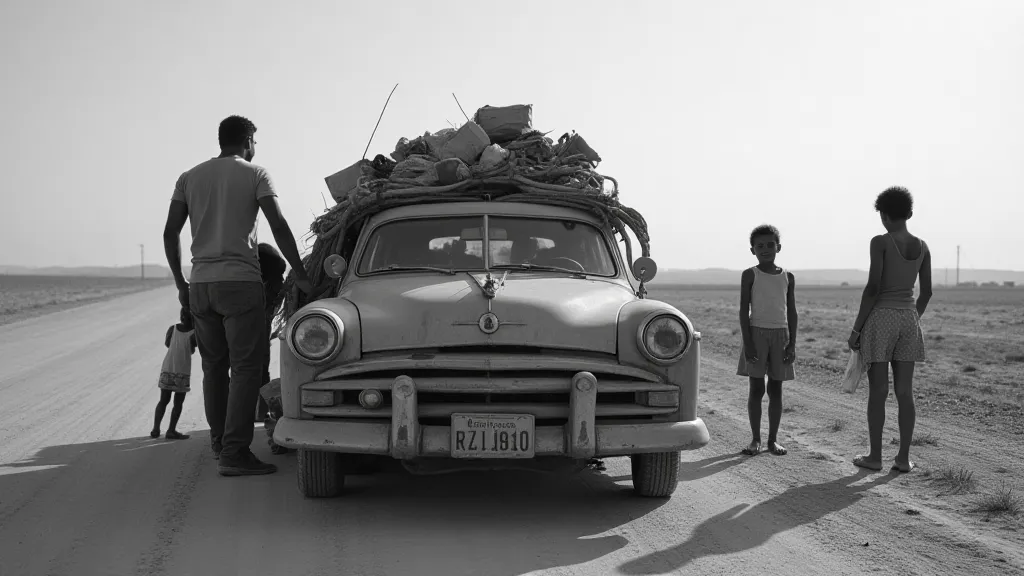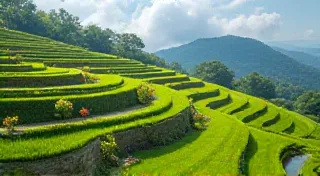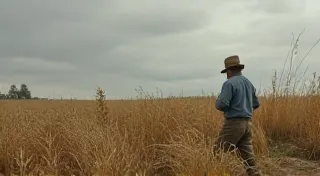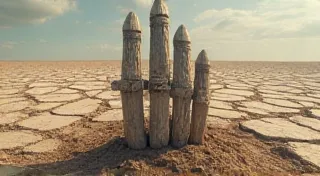Droughts in the Dust Bowl: A Deep Dive into the 1930s
The 1930s in the American Midwest are synonymous with the Dust Bowl, a period of intense drought and devastating dust storms. This wasn’t just a weather event; it was a complex interplay of environmental factors, unsustainable farming practices, and economic hardship that profoundly shaped the nation. This article delves into the historical drought conditions of the Dust Bowl era, exploring its causes, consequences for agriculture, the human impact, and utilizing historical climate data to appreciate the severity of what transpired.
The Roots of the Drought: Causes and Context
While the 1930s drought was the defining feature of the Dust Bowl, it wasn’t entirely unexpected. The Great Plains, particularly areas of Oklahoma, Texas, Kansas, Colorado, and New Mexico, are naturally prone to cyclical periods of dryness. However, the severity of the 1930s drought was amplified by human actions. The Homestead Act of 1862 encouraged settlement and cultivation of the prairie lands, often pushing farmers to till previously untouched grasslands. This practice, coupled with a lack of understanding about soil conservation and water management, left the topsoil vulnerable.
Years of intensive wheat farming, particularly during World War I when demand (and prices) were high, stripped the land of its natural grasses. These grasses had deep root systems that held the soil in place and retained moisture. When they were removed, the topsoil was exposed to wind and sun, accelerating erosion. The lack of crop rotation and the widespread use of moldboard plows further degraded the soil structure.
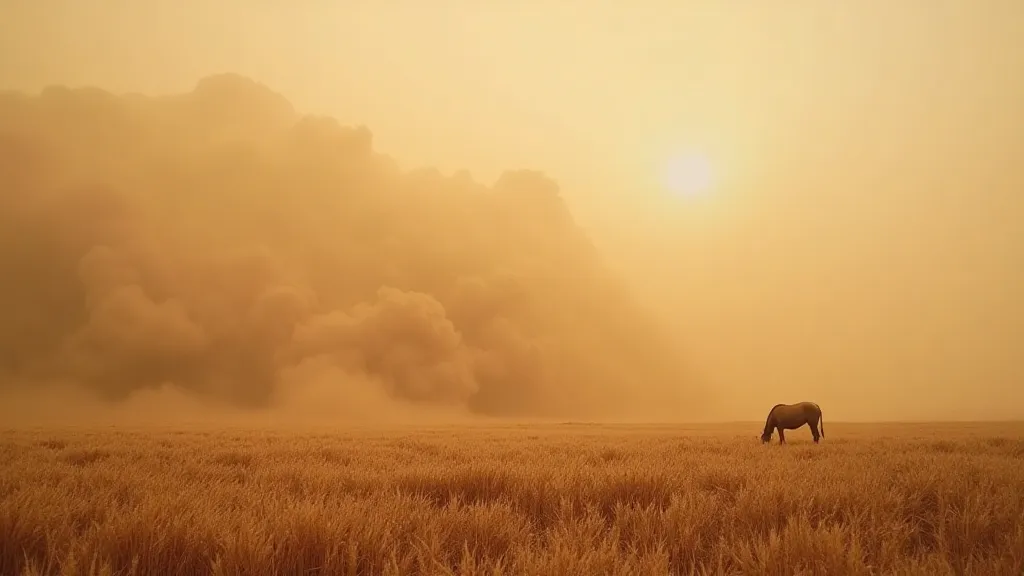
The Climatic Data: Quantifying the Dryness
Analyzing historical climate data reveals the astonishing extent of the drought. Rainfall averages across the affected region plummeted significantly between 1931 and 1939. Some areas received less than one-third of their normal annual rainfall. The Palmer Drought Severity Index (PDSI), a widely used measure of drought conditions, registered some of the most severe readings ever recorded. The period was marked by abnormally high temperatures, exacerbating the evaporation of any remaining moisture.
Records from the U.S. Weather Bureau (now the National Weather Service) detail consistently below-average precipitation across the region for nearly a decade. While natural climate variability plays a role, the intensity and duration of this drought were exceptional, leading scientists to consider both natural and human-influenced factors.
Consequences for Agriculture and the Economy
The drought’s impact on agriculture was catastrophic. Crop failures became widespread, devastating farm incomes and triggering a ripple effect throughout the economy. Livestock perished due to lack of forage and water. Farmers were unable to repay mortgages, leading to widespread foreclosures and displacement. The agricultural sector, already struggling with the effects of the Great Depression, was pushed to the brink.
The economic hardship forced many farmers and their families to abandon their land. This mass migration, often referred to as the "Okie" migration (although people from other states were also affected), led to a surge of people seeking work in states like California, adding to the challenges of the Depression era.
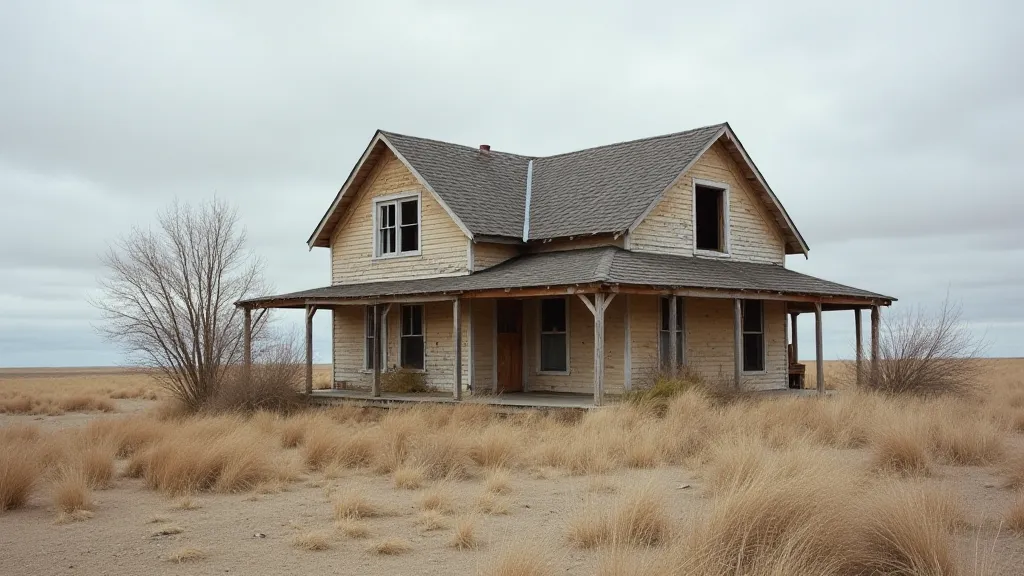
The Human Impact: Dust, Disease, and Displacement
The “black blizzards,” massive dust storms that frequently blanketed the region, posed a serious threat to human health. Dust inhalation led to respiratory illnesses, including "dust pneumonia," which was particularly devastating to children and the elderly. Visibility was often reduced to near zero, making travel hazardous.
Beyond the immediate health risks, the psychological toll on communities was immense. The loss of livelihood, the constant struggle against the elements, and the uncertainty of the future created a climate of despair. The forced migration from the Dust Bowl represented a profound disruption of lives and traditions.
Lessons Learned and Long-Term Implications
The Dust Bowl era served as a stark reminder of the fragility of the environment and the consequences of unsustainable practices. The crisis spurred significant changes in agricultural practices, including the implementation of soil conservation techniques like contour plowing, terracing, and the planting of windbreaks. The Soil Conservation Service (now the Natural Resources Conservation Service) was established in 1935 to promote these practices.
The Dust Bowl also highlighted the importance of understanding long-term climate patterns and the interconnectedness of human actions and environmental consequences. It continues to inform discussions about climate change, sustainable agriculture, and the need for responsible land management.
